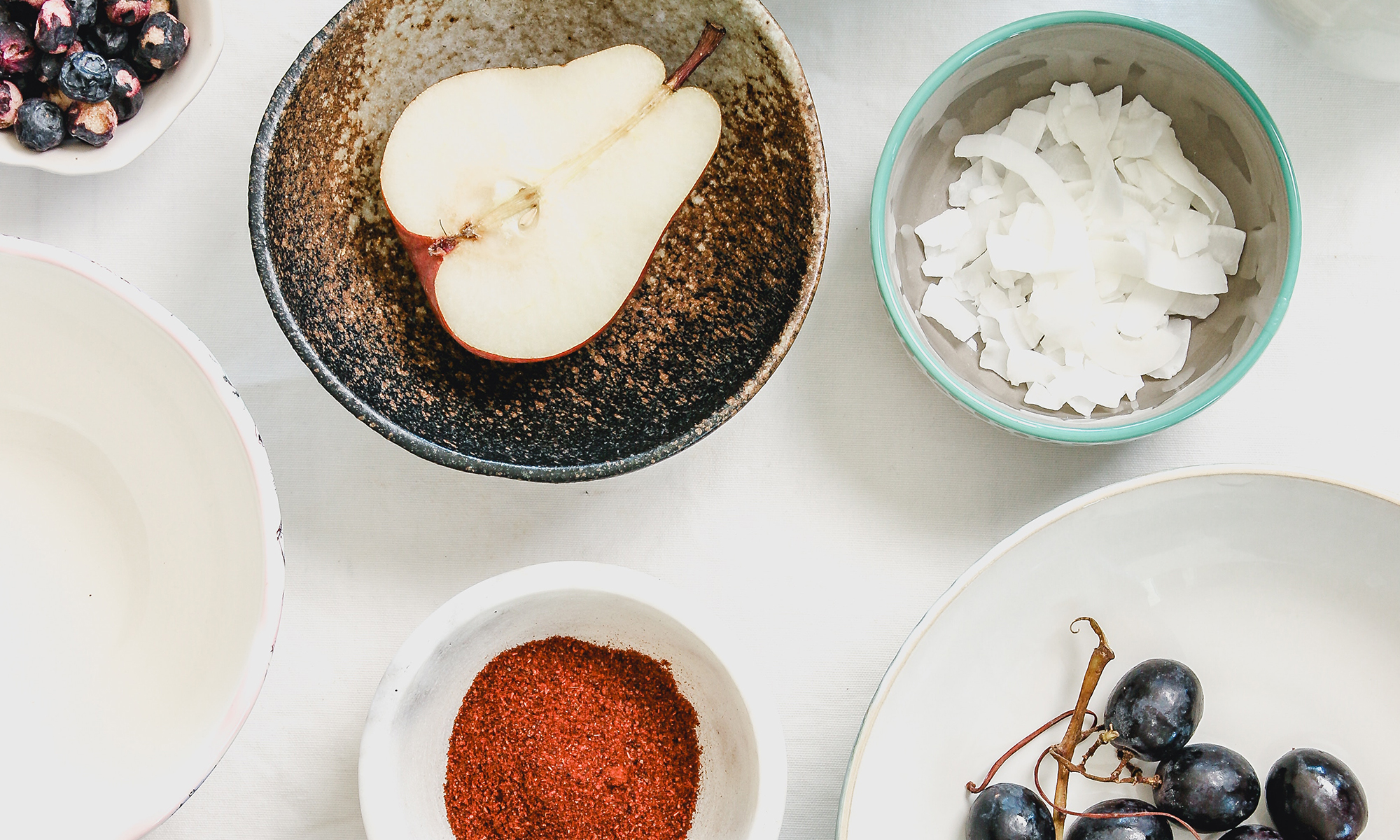 Many CSAs are starting up this week with their first deliveries. CSA stands for Community Supported Agriculture. It’s a concept that has increased in popularity over the past few years as more consumers become concerned about their food sources.
Many CSAs are starting up this week with their first deliveries. CSA stands for Community Supported Agriculture. It’s a concept that has increased in popularity over the past few years as more consumers become concerned about their food sources.
So what is a CSA? Farmers sell subscriptions or shares of their farms crop to the public. In exchange, the consumer gets a weekly box (bag, basket) of farm-fresh produce throughout the growing season. By purchasing a share, the farmer gets paid in front of the growing season when cash-flow is tight. He also knows that he has a committed marketplace to bring his produce. The consumer gets the freshest produce possible and supports the local economy and farmers. The added benefit for the consumer is getting in touch with where their food comes from. Typical CSA subscriptions run for 15 weeks throughout the summer and cost around $400 for a share. The produce in the box varies from week to week, depending on what the farm is harvesting. In New England, early weeks’ boxes include leafy greens, peas, strawberries and radishes. Later in the summer come zucchini, tomatoes, cucumbers and corn. Subscribers can expect 6-8 different vegetables each week. Some farms offer winter subscriptions, too. Here in New England, we have meat CSAs and fish CSAs too.
For all the great benefits of CSAs, there’s one inherent drawback that most advocates gloss over…the consumer often gets vegetables they have no idea how to cook (kohlrabi, anyone?) or too much of something they know how to cook only one or two ways (Swiss Chard). The farmer is too busy harvesting (and truthfully, doesn’t particularly like the regular communications with the subscribers) to share new recipes or cooking tips. To alleviate this challenge, my dear friend Brett and I started a venture to create custom cookbooks for small farms. The farmer sends us a list of the crops he’s growing for the season and in return gets a cookbook full of recipes written especially for his crops, as well as storage and cooking tips. We recommend that the farmer build the cost of the cookbook into the price of the CSA and give to the subscribers as part of the package.
Throughout the season, I will be featuring recipes from the book we wrote for Even’ Star Organic Farm. If you have challenges coming up with recipes for your CSA subscription, email me at julia [at] CSAcookbooks [dot] com, and I will post recipes just for you.
And if you belong to a CSA, tell your farmer about CSA Cookbooks. For more information about CSAs or to find a CSA in your area, visit LocalHarvest.
Basil Pesto
First of the season basil is lighter and softer in flavor than the later cuttings. Pesto is a great way to use up vast quantities of basil, and freezes superbly. Tossed with pasta and served with seared scallops, it’s a great summer dinner.
¼ c olive oil
8 cloves garlic, coarsely chopped
½ t salt
¼ t black pepper
¼ c white wine
¼ c almonds or pine nuts, toasted and then cooled
about 4 c basil leaves (Genoa type)
at least ½ c more olive oil or vegetable oil
¼ c grated Romano cheese
more salt and pepper to taste
Sauté the garlic in the ¼ c olive oil until soft but not very brown. Immediately add the next three ingredients and simmer until the wine volume has reduced by one half. Let cool.
Process all this in a Cuisinart until the garlic is fully pureed. Add the nuts and process until nearly smooth. Add the basil and PLENTY OF OLIVE OR VEG. OIL. Process further, until the basil is just barely smooth (no leaf pieces bigger than 1/8”), always adding more oil if the surface of the basil appears exposed to air. Add the cheese and process 15 seconds more. Taste for salt and pepper.
Place in a Tupperware or a glass jar and immediately be sure that there is at least ¼” oil floating over the basil.
Keeps 6 weeks in the ‘fridge or 2 years in a freezer.
